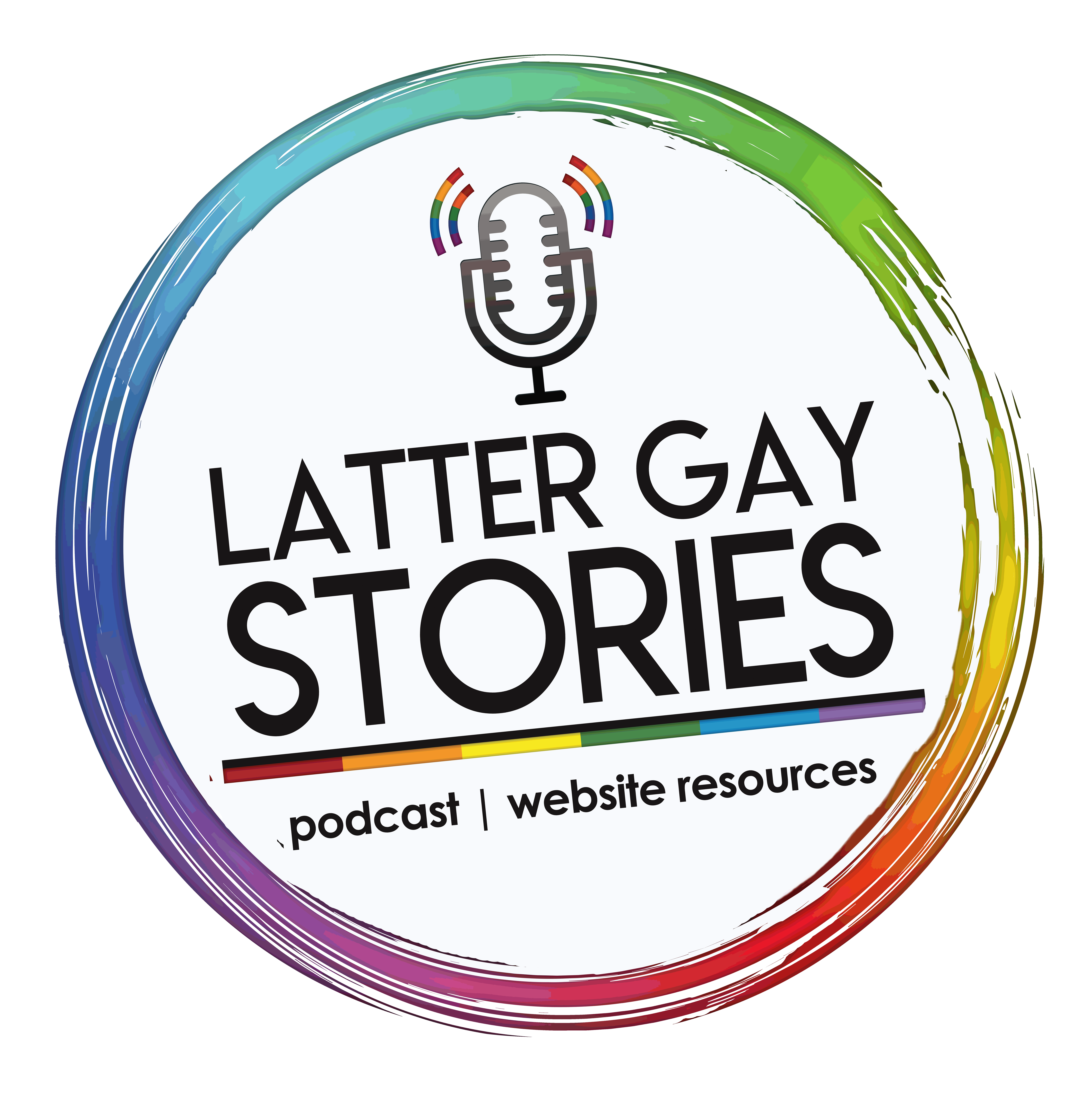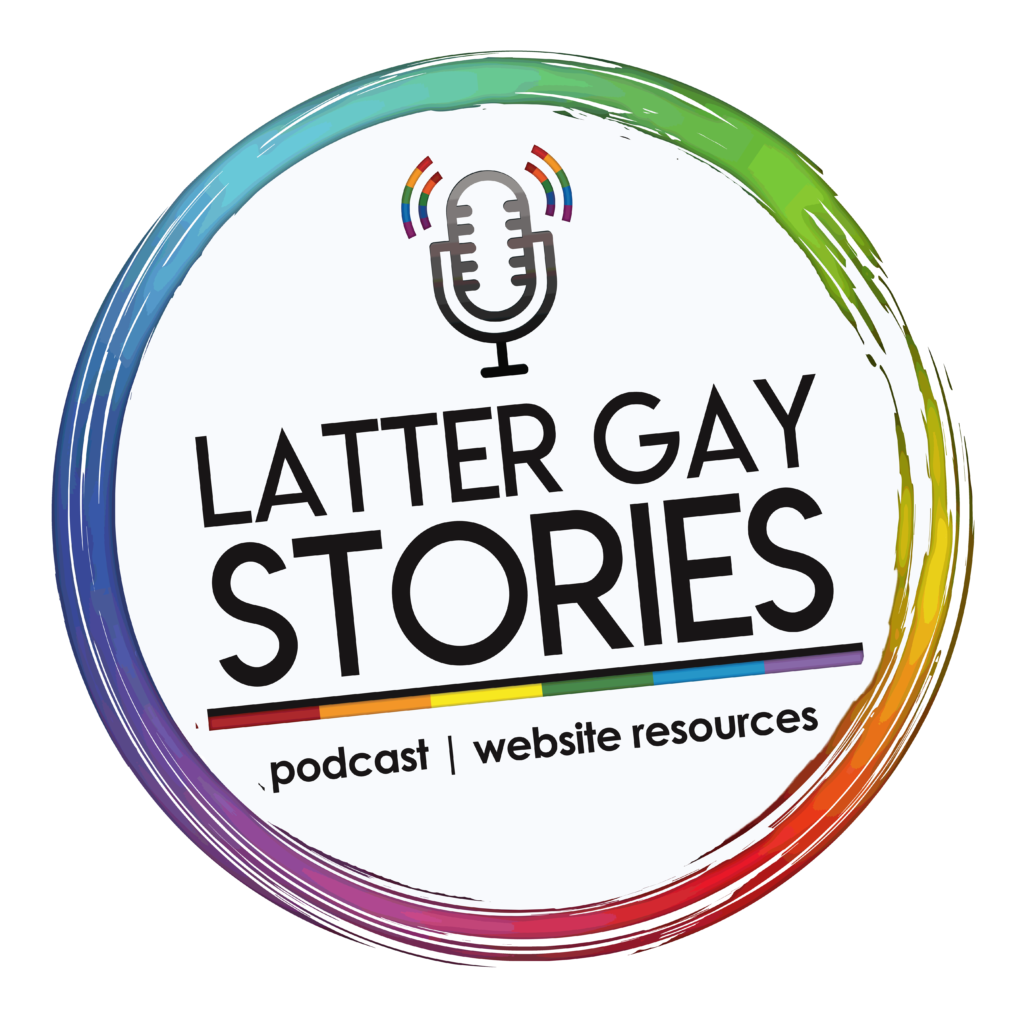By: Riley Bunch | Idaho State Journal
A new report by a national organization that advocates for LGBTQ student safety in schools shows that Idaho schools are unequipped and “unsafe” for non-gender-conforming students.
The organization GLSEN recently released state-level data from its biennial National School Climate Survey, which documents experiences of LGBTQ

youth in schools including school resources that are available to them. The survey is conducted online throughout all 50 states with a sample size of 23,000 students between the ages of 13 to 21.
According to the report, 71 percent of LGBTQ students experienced verbal harassment at school based on sexual orientation and 60 percent experienced verbal harassment at school based on gender expression.×
Idaho state schools were deemed “not safe for most lesbian, gay, bisexual, transgender, and queer middle and high school students” as well as lacking in “access to important school resources, such as an LGBTQ-inclusive curriculum, and were not protected by supportive and inclusive school policies,” the organization stated in a release.
Treasure Valley mentors and government officials say the statistics are not far from the stories they hear from queer youth they meet with.
State Rep. John McCrostie, D-Boise — an openly gay lawmaker and longtime Idaho schoolteacher — said the statistics were not surprising. His hometown of Mountain Home did not feel like a safe space to come out as a young person, he said, and even when he began his teaching career there later in life, he feared being fired if anyone found out.
Eighty-four percent of LGBTQ students reported regularly hearing homophobic remarks in school, and 74 percent reported regularly hearing negative remarks about transgender people.
Over 20 percent of students regularly hear school staff make homophobic remarks. Over half of LGBTQ students who experienced discrimination never reported it to school staff.
For McCrostie, it is “even more heartbreaking” to hear teachers are sometimes the ones making homophobic and transphobic comments.
“It’s not that you let kids (make derogatory remarks), but you understand that kids don’t know any better and adults should, especially when you’re in a teaching position in the classroom,” he said. “Kids are looking up to you for their education, and you can’t get a good education unless you feel like you are really loved and embraced, and you can trust that person. That’s a kind of wall that is going to keep a young person from learning.”
In-school resources and support fall vastly short for Idaho students, according to the data collected by GLSEN. Only 33 percent of students reported having a Gay-Straight Alliance or similar supportive club in their school.
McCrostie has spent 11 of his 16 years of teaching as an educator in the Boise school system. Both Boise junior highs and high schools have GSAs’ and other LGBTQ resources, which is expected in the state’s largest city, he said, but not always without pushback from school administrators.
A vast majority of LGBTQ youth in Idaho schools who reported regularly hearing anti-LGBTQ remarks, or experiencing “biased-based victimization” said they did not have access to resources or support.
Every Sunday, Gabrielle Davis meets with LGBTQ youth at The Community Center in Boise — kids and teenagers anywhere from the ages of 13 to 20. The longest running LGBTQ youth group in Idaho, the Youth Alliance for Diversity offers social support and a sense of “family” to non-gender conforming young people. Individuals come from all over Idaho — both from Boise and rural communities — as well as Oregon.
The group offers a space for LGBTQ youth to discuss challenges unique to them as well as universal obstacles of growing up. Discussion topics range from coming out and transgender use of bathrooms to self-care and mental health.
“Most of them don’t have resources in schools,” said Davis. “A few schools have resources with Gay-Straight Alliance, but most of them don’t.”
At least once a week, she said, someone brings up bullying or harassment they have faced in the classrooms, halls, bathrooms and common areas of their school.
Davis said that many of the youth she works with find refuge at the hands of younger teachers and counselors who offer support but have to navigate obstacles to create Gay-Straight Alliance or other queer based clubs. To start clubs, she said, students need a permission slip signed by their parents. If they don’t have their consent, they can’t participate.
“If they don’t have support in the two main places, they frequent which is home and school,” she said, “then what will happen?”
Just under 75 percent of transgender students were unable to use the school restroom aligned with their gender and 37 percent of students were prevented from using their chosen name or pronouns in school, according to the report.
“This research makes clear that many LGBTQ students in Idaho are facing hostile environments that lack many of the resources that make their schools safe spaces for them to attend,” said Eliza Byard, Executive Director of GLSEN, in a statement. “Leaders throughout the state of Idaho must prioritize the safety and well-being of all students by supporting comprehensive policies and practices that are inclusive and affirming of LGBTQ students.”
One aspect of the study mentioned a lack of “LGBTQ-inclusive curriculum” — which Davis says shows when their group has discussions about consent and sex. Many of the youth participants are confused at what constitutes sexual assault or rape.
On Jan. 18, following demonstrators taking to the halls of the Capitol building and demanding Add the Words legislation, state Sen. Maryanne Jordan, D-Boise, introduced a personal bill to add anti-discrimination protections for gay and transgender people to the Idaho Human Rights Act.
The legislation — although focused on employment and housing — would extend to educational institutions. The updated act would include the phrases “sexual orientation” and “gender identity” to the list of identifying factors.
Official policies would need to be reviewed within Idaho schools to see what protections exist and what don’t, said Jordan.



Comments are closed.